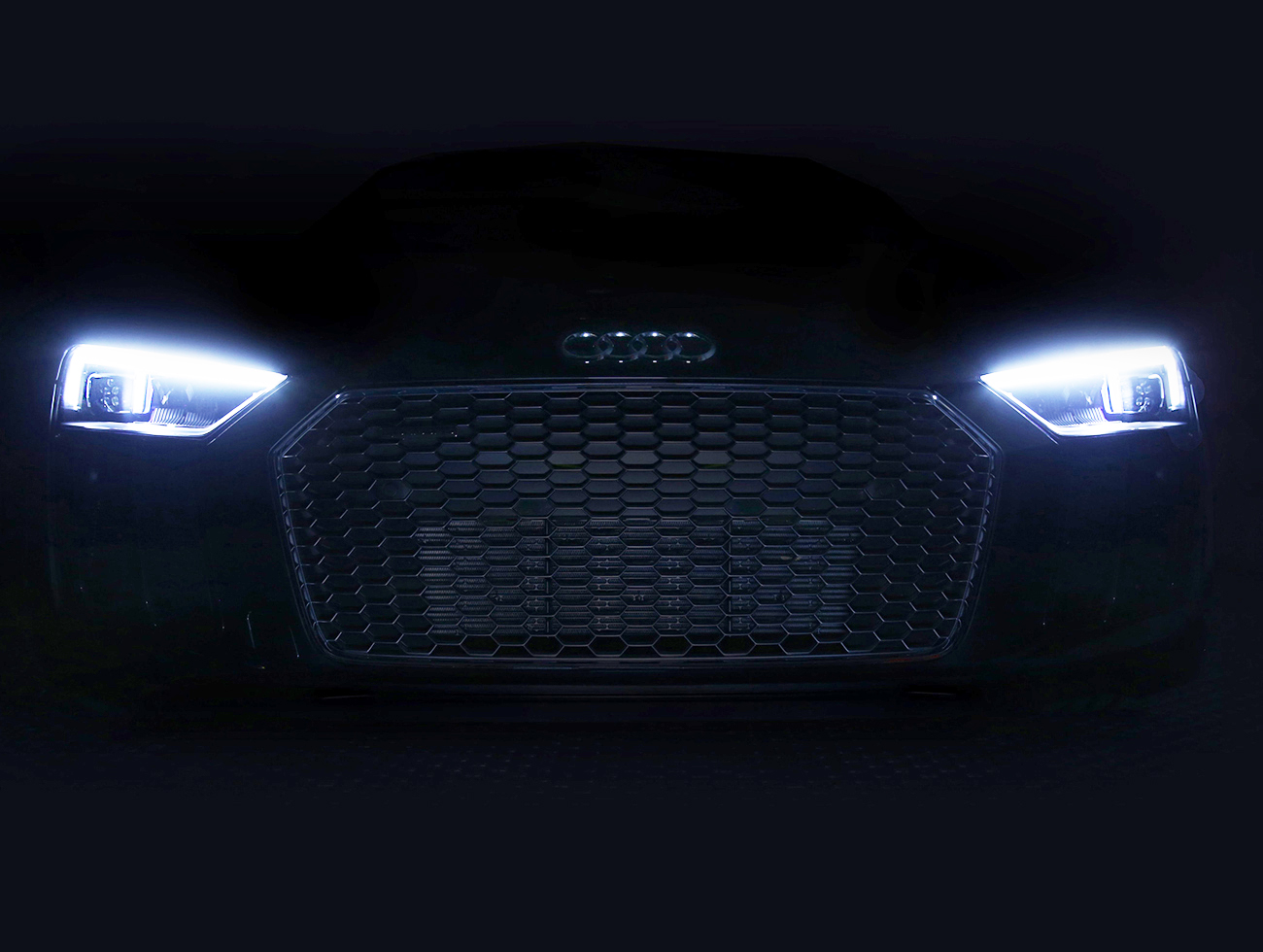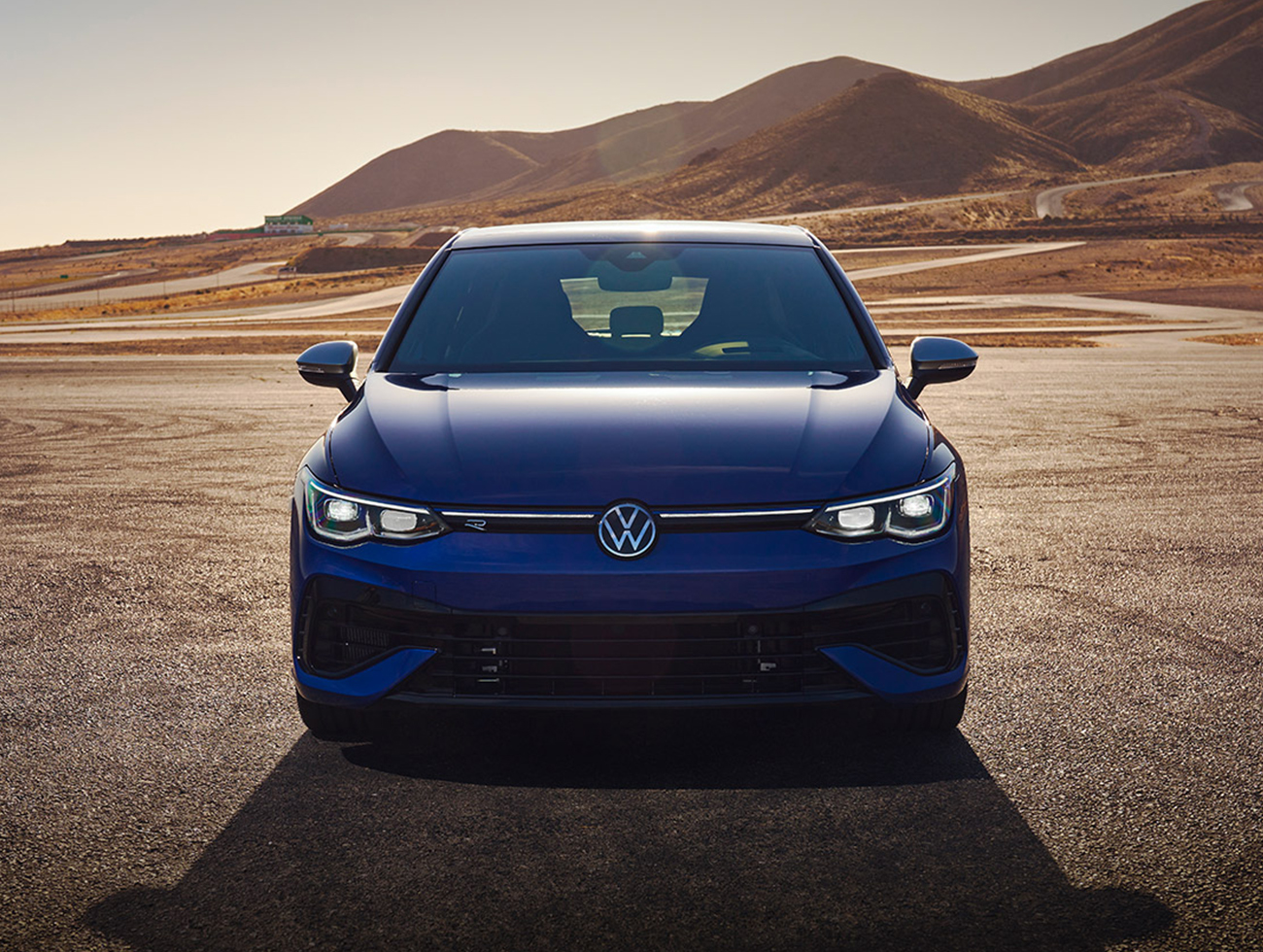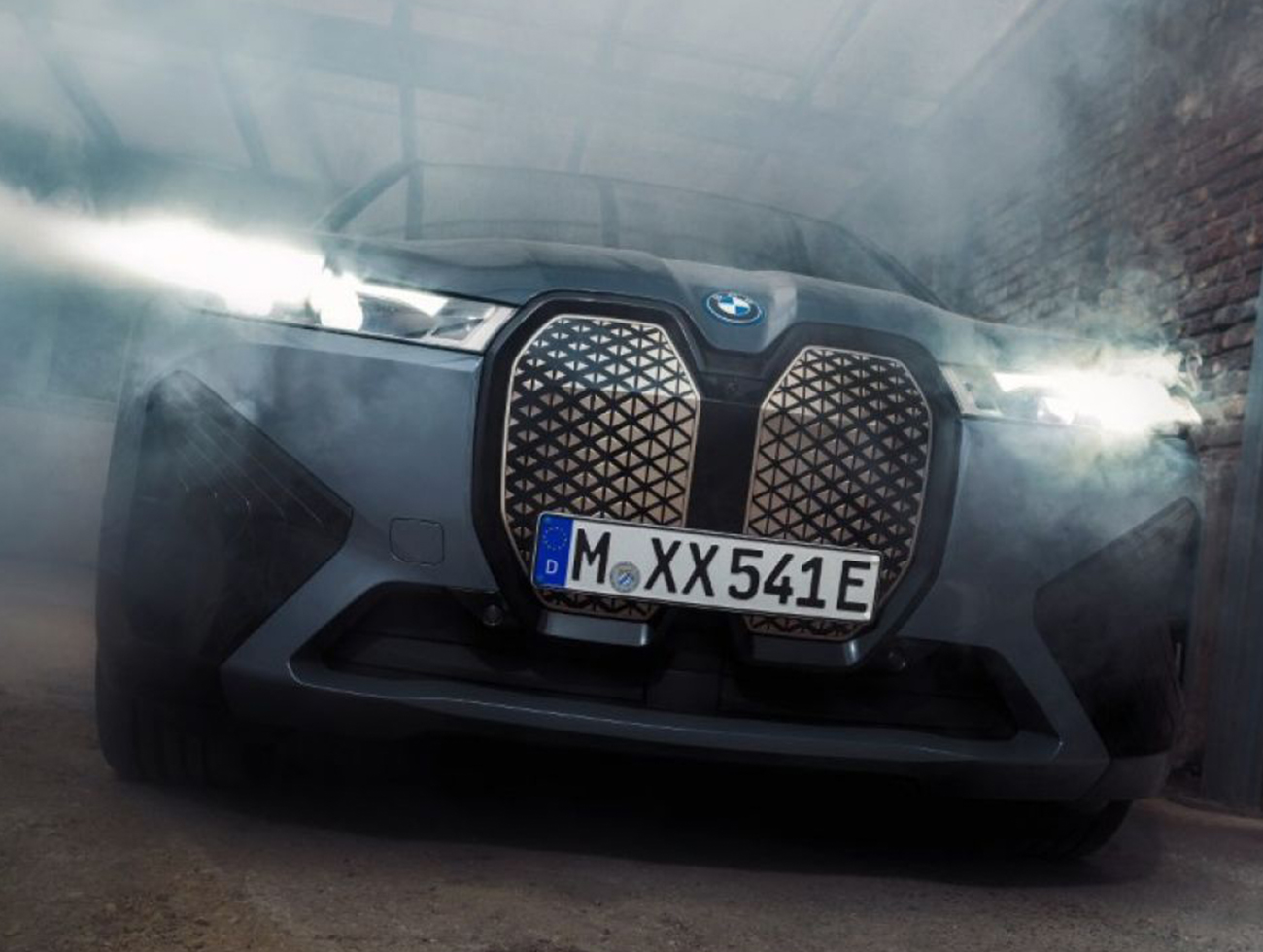Audi lighting technology has always been an industry leader when it comes to car lighting systems.
And now, Audi lighting technology is setting a new standard for luxury automotive technology.
Audi laser lights more than double the range of your car’s high beams to nearly 2,000 feet, allowing you to see much further up the road and more clearly even in bad weather.
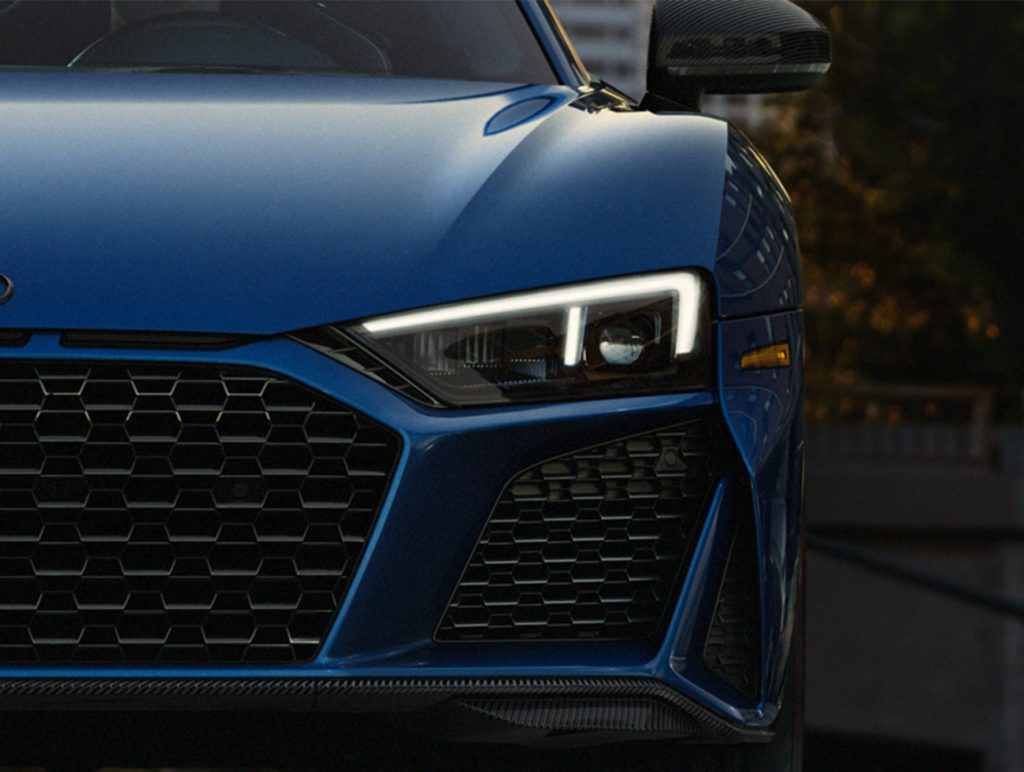
So how does Audi laser lighting work, exactly?
A small laser module in each headlight generates a light cone that extends several hundred meters as a spotlight.
To get into even more detail…
That monochromatic and coherent blue laser beam has a wavelength of 450 nanometers. A phosphor converter transforms it into white light suitable for roadway use with a color temperature of 5,500 Kelvin – ideal conditions for the human eye.
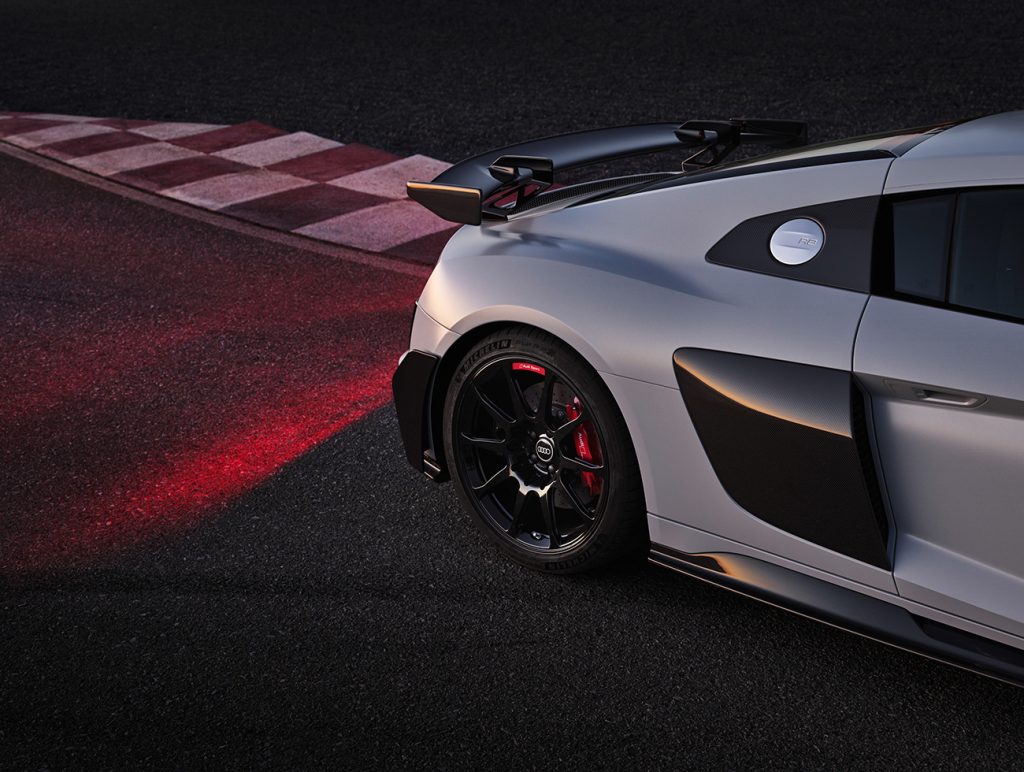
Translated, that means you, the driver, enjoy greater contrast and visibility and your eyes will tire less quickly.
The laser spot, which is active at speeds of 43.5 mph and higher, also offers significant visibility and safety advantages. For instance, the laser spot dims automatically if the camera mounted on the windshield detects other cars within its range.
Audi was the first carmaker to use laser lights on a production car, with the limited-run Audi R8 LMX a few years ago.
Now, this advanced Audi lighting technology is available on the Audi e-tron GT.
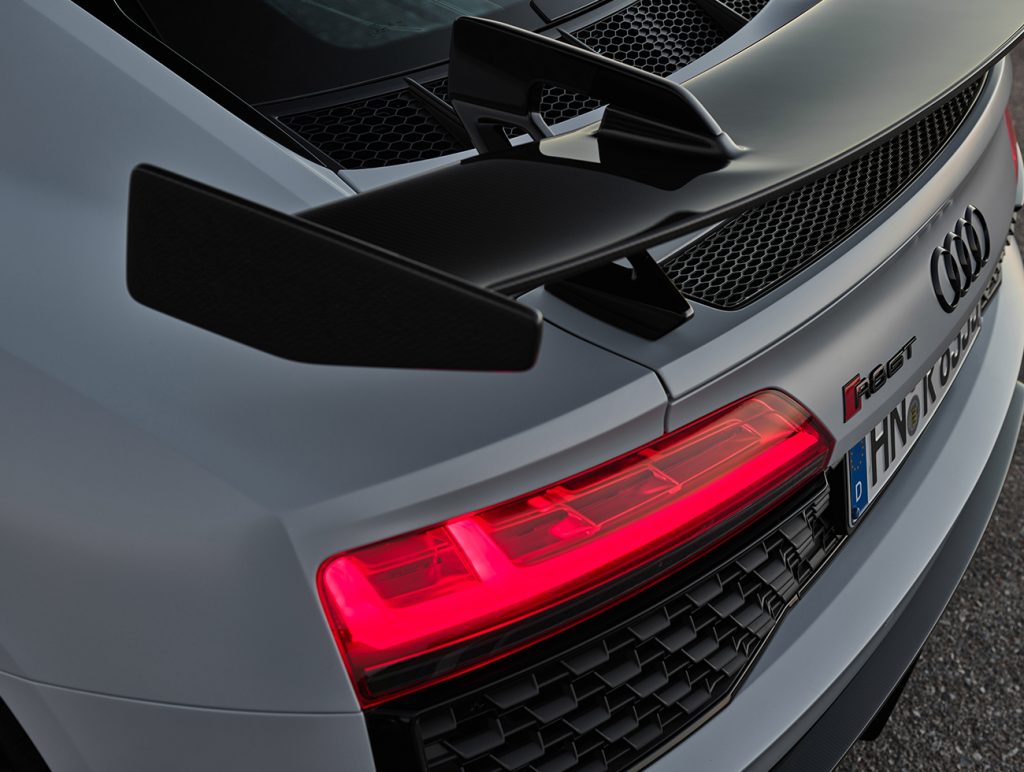
Check out:‘Best of’ Cars to Buy Arriving in 2022
Unlike traditional headlights, Audi’s laser lights use a laser that shines its beam through a phosphor converter.
That creates a light at 5,500 kelvin, which is a very white, almost blue-ish white light. More importantly, it can shine its beam up to 1,968 feet! For reference, a quarter-mile is about 1,320 feet.
Not ready to invest in an Audi with laser lights?
Audi’s other lighting options are also great. Let’s take a look.
Digital matrix LED headlights
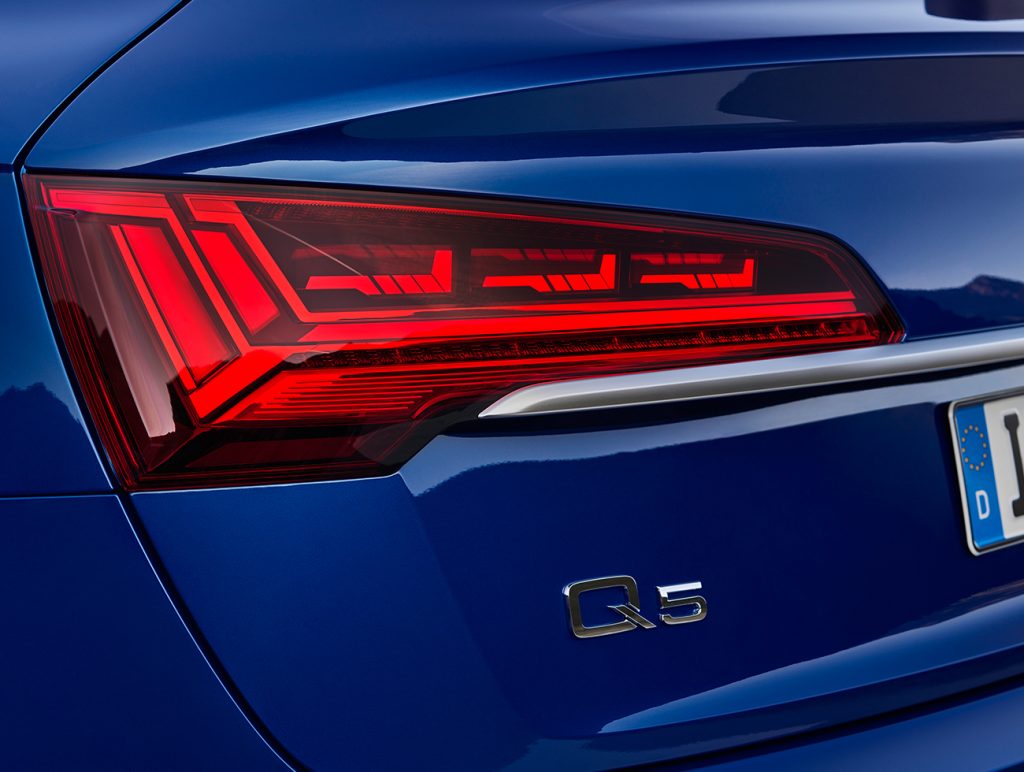
Audi’s digital matrix LED headlights are cutting edge. These lights, which are broken down into minute pixels, can illuminate the road in high resolution. According to Audi, the design is based on a technology abbreviated as DMD (digital micro-mirror device) and is also used in many video projectors. At the center of the technology is a small chip containing one million micro-mirrors, each of whose edge length measures just a few hundredths of a millimeter. With the help of electrostatic fields, each individual micro-mirror can be tilted up to 5,000 times per second. Depending on the setting, the LED light is either directed via the lenses onto the road or is absorbed in order to mask out areas of the light beam.
LED headlights
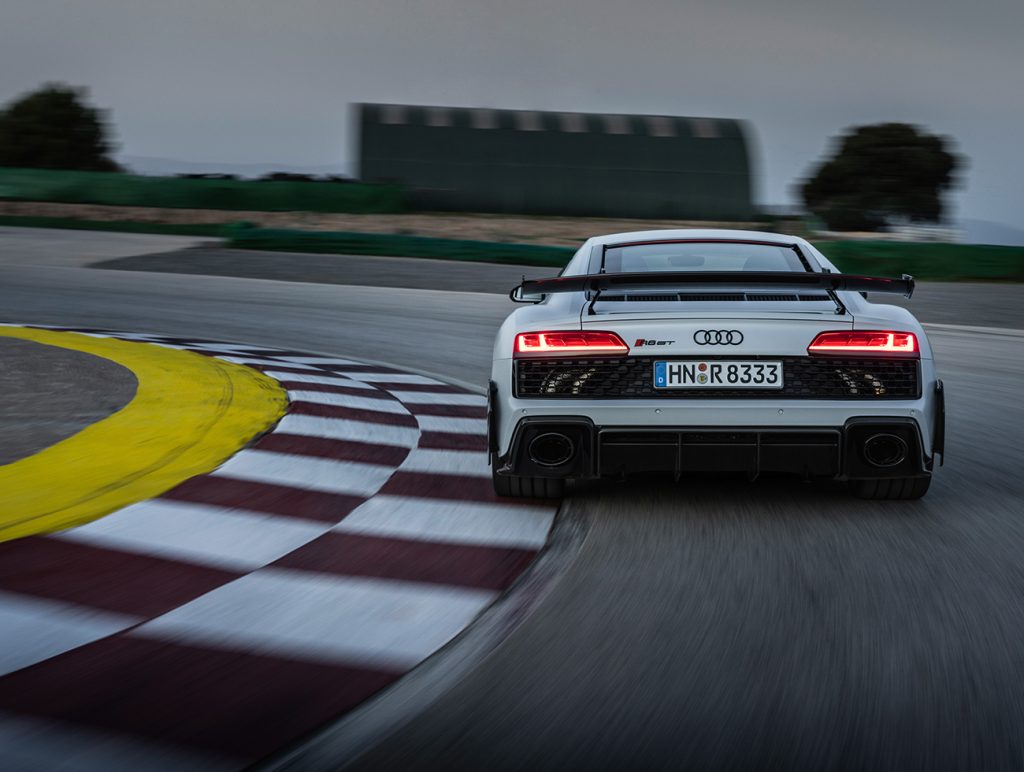
Audi’s LED headlights are nothing to sniff at. Along with their high level of efficiency, LED headlights offer major benefits when it comes to safety and comfort. With a color temperature of around 5,500 Kelvin, their light resembles daylight and is easy on the eyes in terms of not causing fatigue. Audi says its LED headlights also offer a longer visual range than xenon headlights. In fog and rain, they cause the driver less glare. The LEDs are maintenance-free and designed to last the life of the car. This Audi lighting technology gives Audi models a distinctive look and strong accents with their innovative daytime and nighttime designs.
(HD) Matrix LED headlights

According to Audi, Matrix LED headlights produce a high beam with tiny light-emitting diodes that are bundled in common reflectors or lenses, depending on the model. Due to their intelligent function, they illuminate the road superbly without blinding other drivers. When the light switch is set to “automatic” and the high beams are on, the system is switched on outside of urban areas at speeds of 18.6 mph and above. As soon as the camera on the windshield detects other vehicles or city limits, the controller switches off individual LEDs or dims them in 64 stages, creating several million possible light patterns. The Matrix LED light then masks out other vehicles while continuing to fully illuminate the zones between and adjacent to them.
OLED rear lights
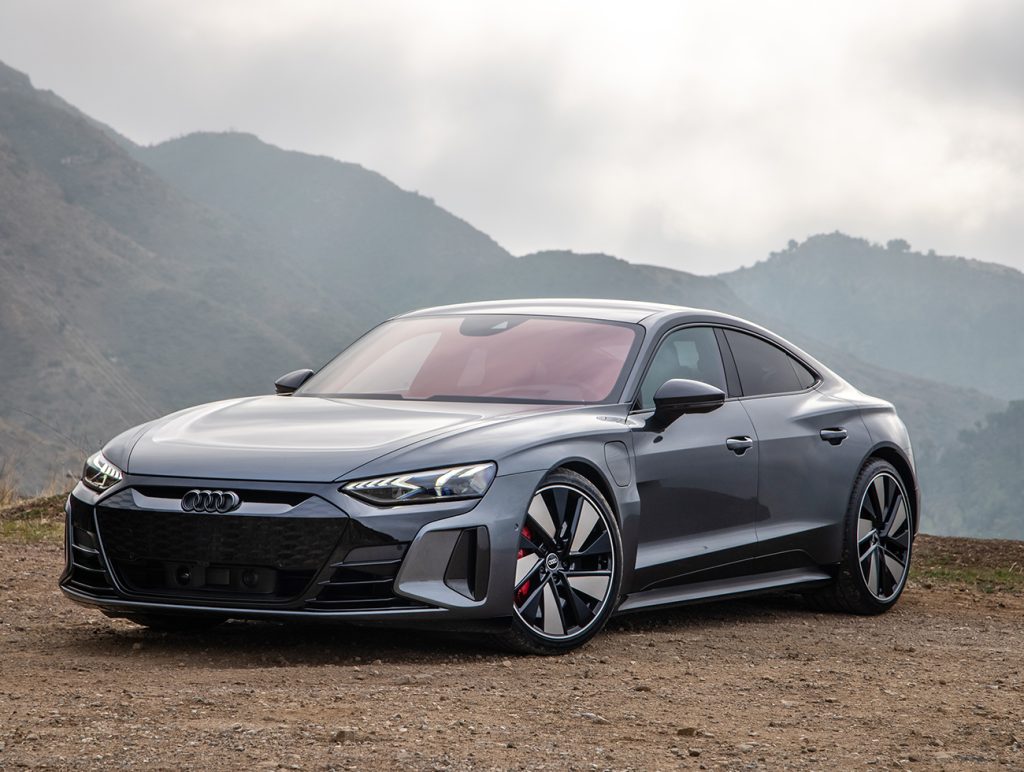
In some of its models, Audi lighting technology uses rear lights with something called OLED technology (OLED: organic light-emitting diode). This is how they work according to Audi: In each unit, two electrodes – at least one of which is transparent – incorporate numerous extremely thin layers of organic semiconductor materials. A low DC voltage between 3 and 4 volts causes these layers, which are 200 times thinner than a human hair, to illuminate. Unlike point light sources such as LEDs, OLEDs are surface light sources. Their light achieves a new level of homogeneity, and dimming is continuously variable. There are no harsh shadows and no reflectors, light guides, or various optical parts found in other systems. This makes the OLED units efficient, lightweight, and perfectly homogeneous.
Xenon headlights
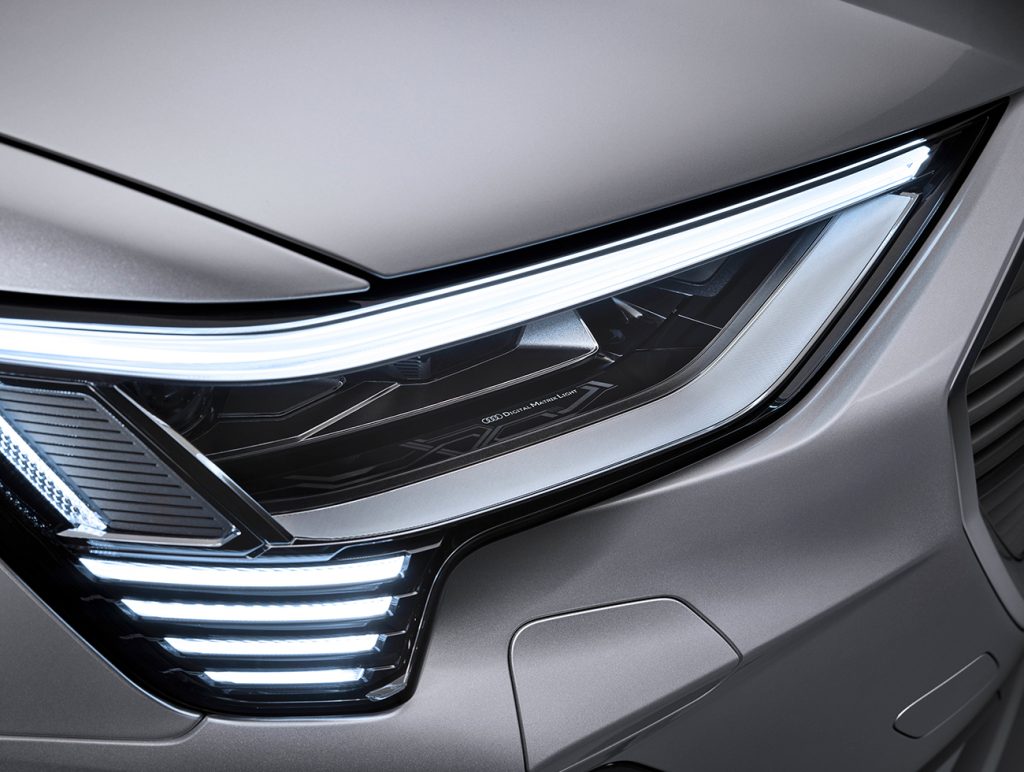
Xenon headlights are also known as gas discharge lamps. That’s because two tungsten electrodes are fused into a thick-walled quartz glass bulb that is filled with xenon gas, also known as the burner. A concentrated arc of light is then produced between them. The xenon gas itself lights in more of a violet hue, but metallic salts contained in the glass bulb reduce its color temperature to 4,200 Kelvin. Xenon headlights deliver a much brighter light and achieve better illumination of the roadway than halogen lights with incandescent bulbs. Their energy consumption – including the energy consumed by the ballast unit – is around 20 percent lower, and their life is much longer.
Check out our latest models!






